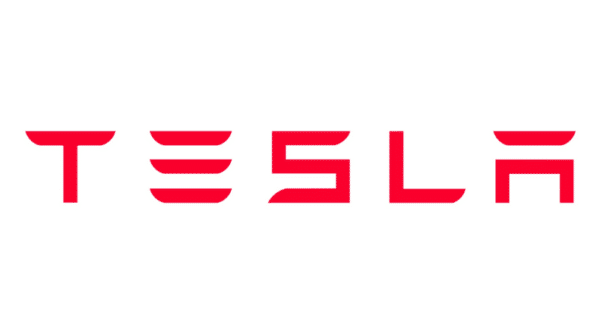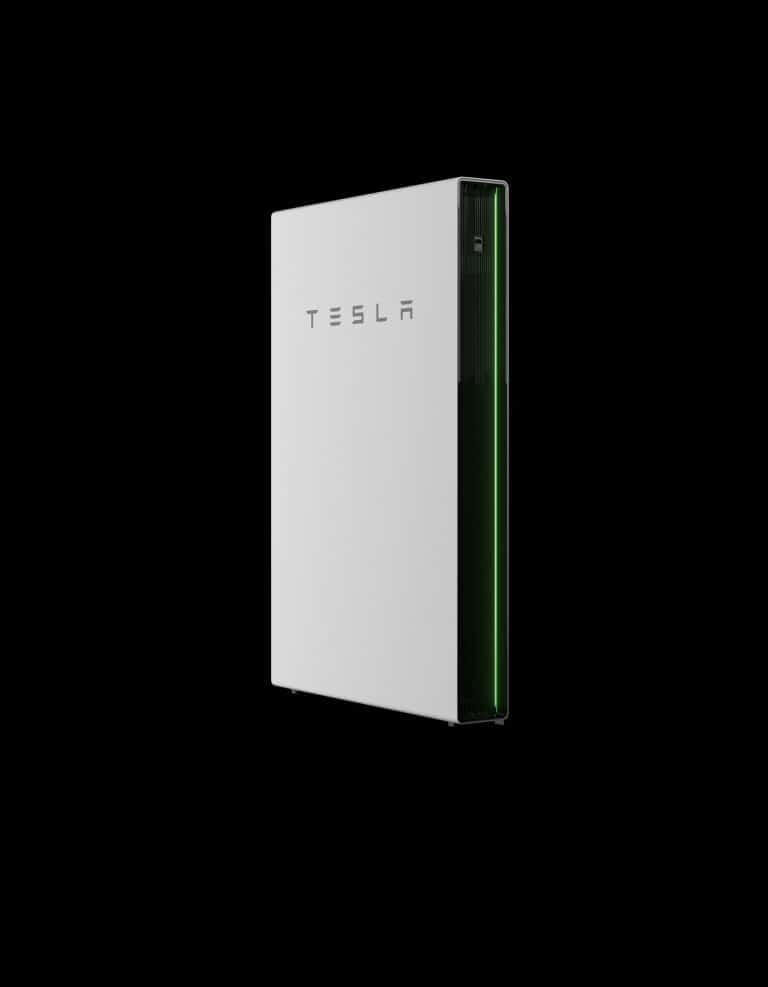
Adding a home battery system to your solar setup is an excellent idea. The Tesla Powerwall is a household name for a reason. We’ll dive into the details of the Tesla Powerwall 2, exploring its features, specifications, and pros and cons. This will help you decide when buying a solar battery for your home or business.

Key features of the Tesla Powerwall 2
- High capacity: The Powerwall 2 has a storage capacity of 13.5 kWh, enough to power an average home for several hours during a blackout or help reduce reliance on the grid.
- Integrated inverter: An integrated inverter converts DC energy from solar panels or the grid into AC energy.
- Scalable: If necessary, you can add multiple units to increase your storage capacity.
- Sleek design: The Tesla Powerwall 2 is sleek and perfect for most Australian homes.
- Durable: The Powerwall 2 is water-resistant and can withstand all weather conditions. Therefore, it can be installed outside.
- Ease integration: You can integrate the Tesla Powerwall 2 into your existing or new solar system.
- Guaranteed safety: The Tesla Powerwall features thermal controls, fuses, and a liquid-cooled system to prevent overheating.
- Easy monitoring: Download the Tesla app to monitor your home’s energy production and consumption daily. It will also give you information on your system’s performance in real-time.
Specifications of the Tesla Powerwall 2
- Capacity: 13.5 kWh
- AC/DC: AC
- Round-trip efficiency: 89%
- Depth of discharge: 100%
- Max output: 5 kW continuous / 7 kW peak
- Max amps of backup circuits: 30 amps
- TOU load shifting: Yes
Pros of Tesla Powerwall 2
- Simple retrofit: You can add the Tesla Powerwall 2 to most solar installations.
- Backup power: During a blackout, the Powerwall 2 can give your home essential backup power.
- Increase self-consumption of solar power: With the Tesla Powerwall 2, you can store excess solar energy generated during the day and use it to power your home at night. This can increase your self-consumption of solar power and reduce your reliance on the grid.
- Load shifting: Many companies offer time-of-use (TOU) rates, which charge different prices for electricity depending on the time of day. With these rates, electricity is typically more expensive during peak hours and less during off-peak hours. You can use TOU rates with the Powerwall 2 by storing solar energy during the day.
- Reliable liquid thermal management: Unlike other battery systems that use air cooling, this uses a liquid thermal management system. It keeps the battery cool and extends its lifespan.
Cons of Tesla Powerwall 2
- High upfront cost: The Powerwall 2 is a significant investment and can increase further when you add the installation.
- May not be suitable for small homes: The 13.5 kWh capacity might be overkill for small homes with modest energy needs.
The Tesla Powerwall 2 is a powerful home battery system with a large capacity, backup power capabilities, and the potential for increased solar self-consumption and energy bill savings. However, its high upfront cost, potential overkill for small homes, and lower power output compared to the newer Powerwall 3 mean careful consideration is needed to determine if it fits your home energy needs and budget.









































